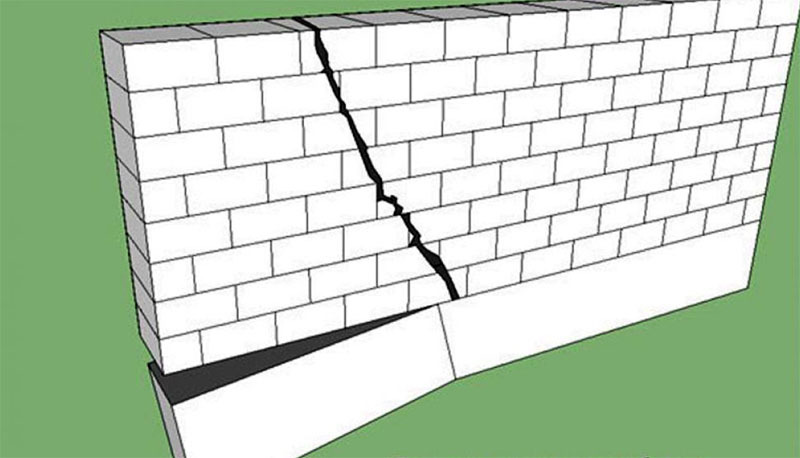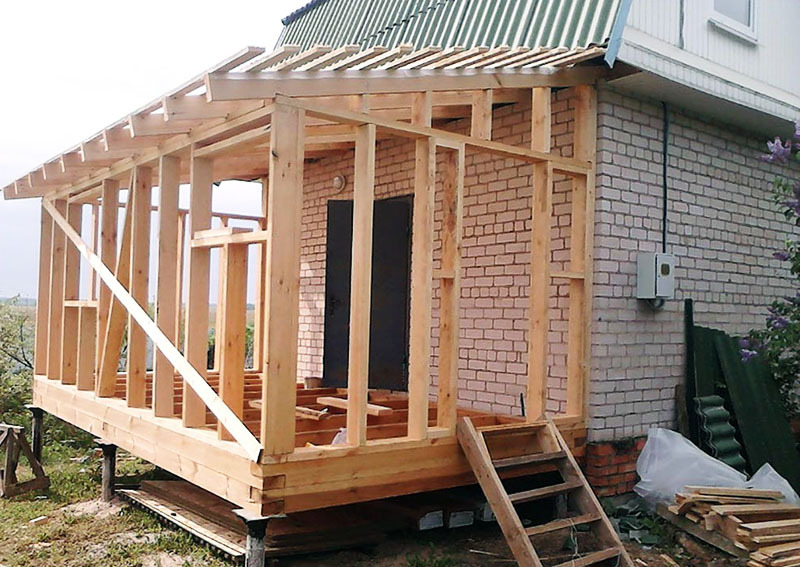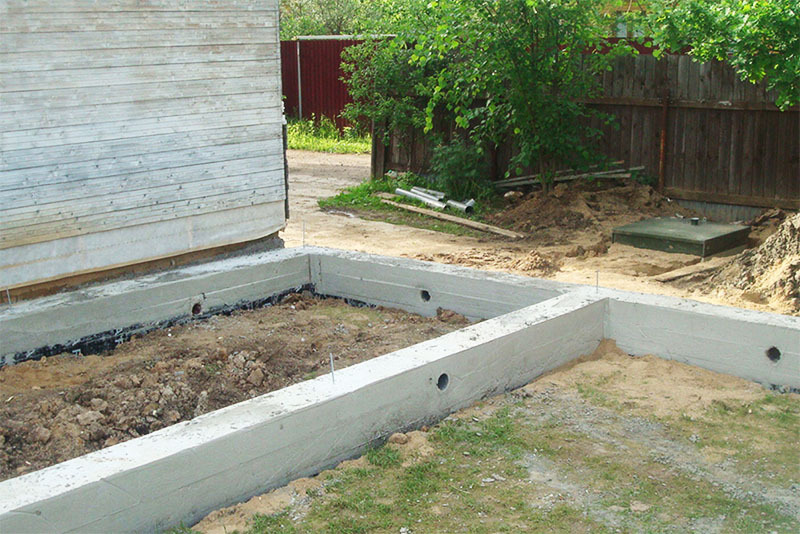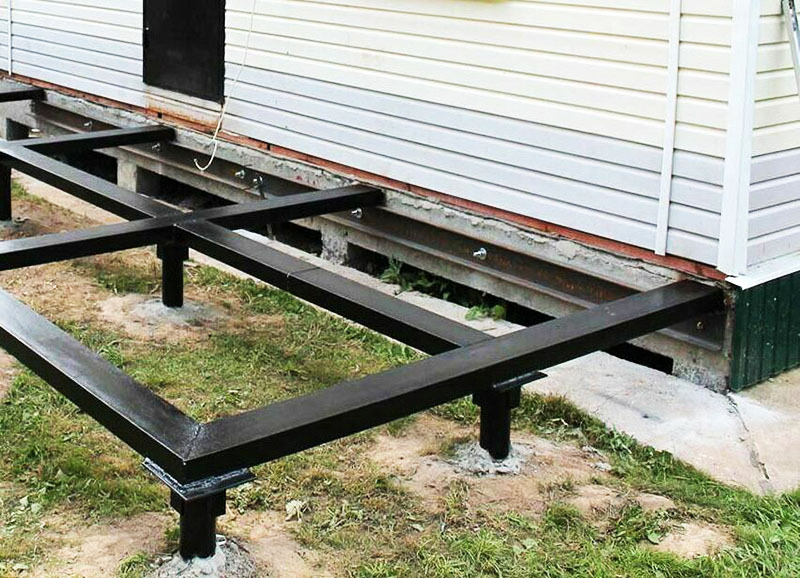If you have private householdthen you will probably expand it. After all, this is the main advantage of your own home: you can always complete something, rebuild, attach. And all these actions do not require large expenses, they are easier than buying a three-room apartment instead of a two-room apartment. Here you need to save up, search for a long time and get something ready, where your wishes are not always taken into account. And with the house it's the opposite, you can give free rein to your imagination. The only problem is that extensions require a special approach, because if you make a mistake, a crack will appear, or even a crack, which will not be easy to fix.
Read in the article
- 1 Everything seems to be according to the rules, what's wrong?
- 2 How to make the foundation of an extension so that there are no cracks
- 3 Heavily soil and extension
Everything seems to be according to the rules, what's wrong?
How is an extension done in most cases? Dig up the outer edge of the existing foundation, drill holes in it, insert long pins fittings and fill the foundation of the extension. Outwardly, everything looks reliable, but here's the annoyance - a crack still appears, so what is the reason? Indeed, this method of attaching a new foundation makes the junction point outwardly reliable, but after all, there is also an outer edge, and it will sag over time, and just this junction will be under the breaking pressure.

This will not happen only if the foundation of the extension does not collapse, and this is possible only under two conditions: special soil or ultra-light material of the extension.

It turns out that strengthening the junction of the foundation for classic wall materials does not work, which means that you need to look for another way to attach the extension.
How to make the foundation of an extension so that there are no cracks
So, so that cracks do not arise, the foundation of the extension must settle evenly, which means that it is not worth connecting it with the main one, which has already settled. And the joint between the wall of the main structure and the extension must be movable so as not to diverge when the extension moves. How can this be achieved?

When you later erect the walls, you need to fold the partition along the wall of the main building. You will have a small gap between the wall of the house and the wall of the extension. Outside, the space between the partition and the wall is hidden under deformable material.

What happens to the extension in this case? After a while, the foundation of the extension will settle evenly without breaking the docking place. You don't even have to correct anything outside. The most that will require your attention is the doorway between the extension and the main building. Here you have to do a little work to compensate for the deformation. So if there is a possibility - do not put the doors down for a while.
Heavily soil and extension
It's good if after 1-2 years everything fell into place. You put up the doors and forgot about the danger of cracks and breaks. In this case, you are lucky: the soil on the site is not porous. And if he constantly “walks”? This will affect not only the extension, but the whole house, won't it? The way out in this case is to choose the right type of foundation.

You can find practical recommendations for arranging the foundation of an extension from this video:
Do you have experience in building outbuildings? How did you manage to avoid cracks? Share your experience in the comments!


